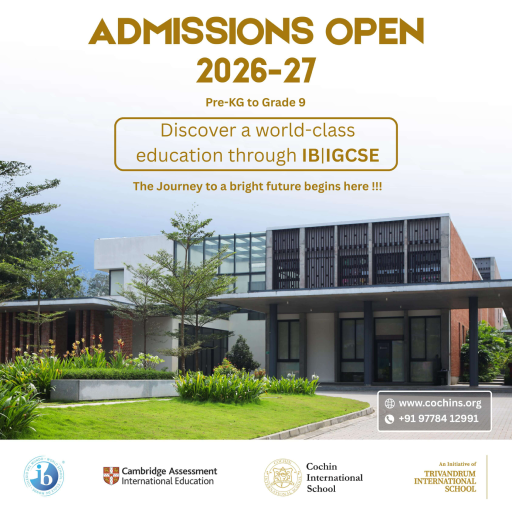
Student voice and choice: Encouraging ownership in the learning journey
Education is most effective when students are not passive recipients of information, but active participants in their own learning journey. Today’s classrooms are moving away from rigid, one-size-fits-all models towards environments that prioritise student voice and choice. When students are given the opportunity to express their ideas, interests, and preferences—and when those inputs shape their learning experience—they develop a stronger sense of purpose, motivation, and ownership.
Empowering students with voice and choice is not merely a trend—it is a research-backed approach that enhances engagement, self-awareness, and academic growth. When students feel heard and respected, they become more confident, curious, and motivated to reach their full potential.
What is student voice and choice?
Student voice refers to students having the opportunity to express their views, contribute to decision-making, and play an active role in shaping their learning environment. Choice allows students to influence what, how, and sometimes even when they learn—depending on their interests, readiness, and preferred learning styles.
Together, voice and choice shift the focus from teacher-led instruction to learner-centred engagement. This does not mean abandoning the curriculum or standards—it means creating flexible pathways within the framework, giving students meaningful opportunities to participate and lead.
Why it matters
When students are involved in conversations about their learning, they begin to take responsibility for it. Rather than simply following instructions, they are driven by a sense of purpose. They come to understand why they are learning something, how it relates to their lives, and what they can do with that knowledge.
Encouraging voice and choice leads to increased motivation and engagement, improved critical thinking and problem-solving skills, greater self-confidence and independence, stronger relationships between students and educators, and higher levels of academic and personal ownership. These outcomes form the foundation for lifelong learning and adaptability—skills that are increasingly essential in today’s rapidly changing world.
How voice and choice can be practised
Classrooms can promote student agency in numerous meaningful ways. Teachers can offer students options in project topics, reading materials, or formats for presenting their work. Allowing students to set personal learning goals and reflect on their progress encourages self-awareness and autonomy. Involving them in creating classroom norms and expectations builds community and accountability.
Providing opportunities for peer teaching or leading discussions allows students to develop leadership skills. Incorporating their feedback into curriculum planning and instructional strategies reinforces that their input is valued. Even small decisions—such as choosing between writing a story, creating a video, or designing a poster—can help students feel more invested in their learning.
Creating a culture of ownership
Building a culture that supports voice and choice requires trust, collaboration, and open-mindedness. Teachers must be willing to listen, adapt, and occasionally step back so students can step forward. Students, in turn, need guidance in developing key skills such as goal-setting, time management, and self-reflection.
This approach does not mean that students do whatever they wish. Rather, it empowers them to take charge of their learning within a structured, supportive environment—one where they are respected, challenged, and encouraged to grow.
 (1).png)

